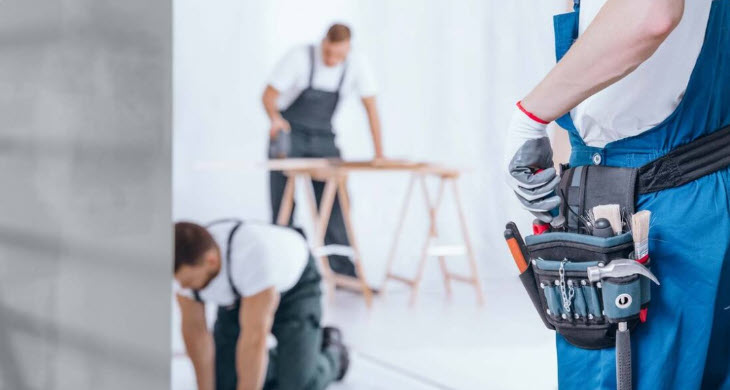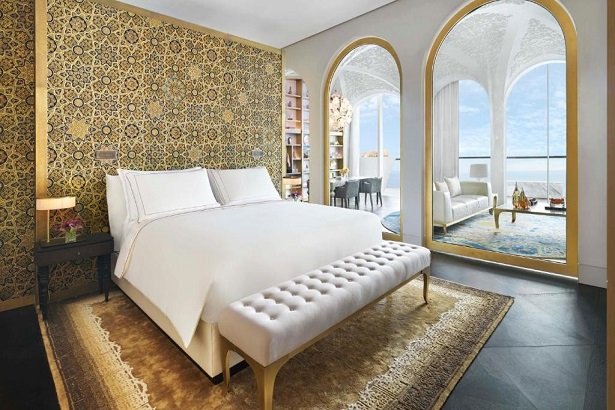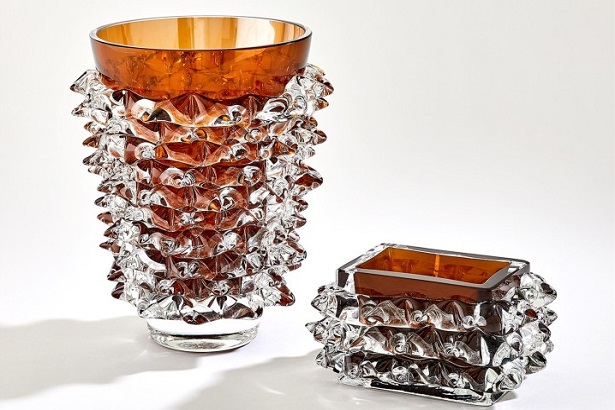The Art and Science of FF&E Installation in Hotels and Commercial Buildings
In the dynamic world of hotels and commercial buildings, the installation of Furniture, Fixtures, and Equipment (FF&E) is a crucial process that blends aesthetics, functionality, and precision. From lobbies to guest rooms, conference spaces to restaurants, the installation of FF&E plays a pivotal role in creating an inviting atmosphere and ensuring a seamless guest experience.
Understanding the Scope:
FF&E encompasses a wide range of items, including furniture, lighting, artwork, carpets, drapes, and technology. The installation process involves careful coordination and collaboration among various stakeholders, including interior designers, project managers, suppliers, and installation teams.
Planning and Coordination:
1. Detailed Project Planning:
- Thorough planning is the cornerstone of successful FF&E installation. This involves creating a comprehensive schedule that outlines the delivery and installation timelines for each item.
2. Supplier Collaboration:
- Effective communication with FF&E suppliers is vital. Clear specifications, delivery schedules, and quality standards must be established to ensure a smooth workflow.
3. Site Assessment:
- Before installation begins, a detailed site assessment is conducted. This includes measuring spaces, evaluating existing infrastructure, and addressing any potential challenges.
The Installation Process:
1. Logistics and Delivery:
- Coordinating the delivery of FF&E items is a complex task. Timely deliveries are crucial, and coordination with suppliers and logistics teams is essential to avoid disruptions.
2. Installation Teams:
- Skilled installation teams, including carpenters, electricians, and technicians, play a pivotal role. They work closely with project managers to ensure items are placed accurately and meet design specifications.
3. Quality Control:
- Rigorous quality control measures are implemented throughout the installation process. This includes checking for any defects, ensuring all components are present, and confirming that items meet safety and compliance standards.
4. Technology Integration:
- In today’s tech-savvy environment, the integration of technology is a key aspect. This involves installing smart systems, audio-visual equipment, and connectivity solutions seamlessly into the overall design.
5. Artwork and Décor:
- The placement of artwork and decorative elements requires a keen eye for design. Attention to detail is critical to achieving the desired ambiance and visual appeal.
Post-Installation Phase:
1. Snagging and Corrections:
- After installation, a thorough inspection is conducted to identify and address any issues. This includes fixing any minor defects and ensuring that everything is in perfect order.
2. Client Walkthrough:
- A walkthrough with the client is conducted to ensure that the installed FF&E aligns with their expectations. Any final adjustments or modifications are made based on client feedback.
Conclusion:
The process of installing FF&E in hotels and commercial buildings is a meticulous and collaborative effort that requires a blend of creativity, technical expertise, and project management skills. From the initial planning stages to the final client walkthrough, every step is integral to creating spaces that not only look impressive but also function seamlessly, enhancing the overall experience for occupants and guests alike.




Leave A Comment